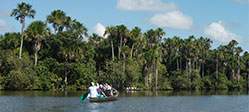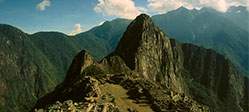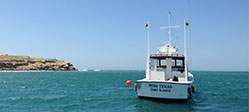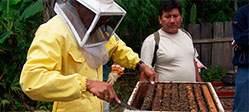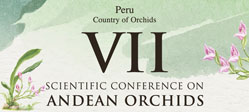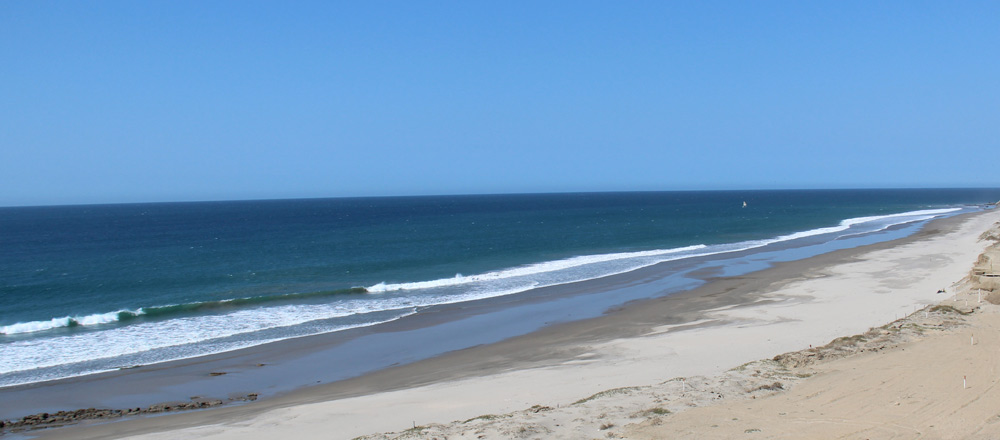Research > Ocean & Forest
Inkaterra Asociación contributes to the development of a new ecotourism project in the Cabo Blanco ocean, desert and dry forest. A replicable model for other coastal communities, this initiative aims to restore and conserve the Peruvian Tropical Sea, whilst contributing to the social and economic development of Cabo Blanco.
IGFA President Rob Kramer stated on International Angler (October 2013) that Inkaterra’s concept “not only allows for recreational fishing to continue in the unique marine environment, but actually encourages it. It also encourages the elimination of destructive commercial practices that could further deplete an extremely valuable resource that can help support sustainable economic activity on its shorelines. The true shift in paradigm is that recreational fishermen should be involved from the beginning in the creation of marine parks as opposed to reacting to their formation after-the-fact. (…) By getting involved from the onset we are provided an opportunity to not only drive the process, utilizing science, but protect our ability to responsibly fish recreationally in these areas as well.”
History
Towards the late 1940s, oil tycoon and sport fishing icon Alfred Glassell Jr. (1913-2008) commissioned a scouting to Yale and Miami Universities, in search of fishing hotspots around the world. Scientists found a rare natural phenomenon in Cabo Blanco, a hidden fishing cove in Northern Peru. Facing the Pacific, they found the confluence of three ocean currents of different temperatures: the cold Humboldt, the warm El Niño, and the Cromwell undercurrent, which propelled sea nutrients to the surface. This singularity allows the Peruvian Tropical Sea to host about 70% of Peru’s ichthyologic diversity, including diverse tuna species and giant marlin.
In August 1953, onboard the iconic fishing boat Miss Texas, Glassell landed in Cabo Blanco a 1560lb black marlin (Makaira indica), the all-tackle world record in sport fishing, which remains unbeaten. On the 17th of April, 1957, another prevailing world record was achieved in these waters: the 435lb bigeye tuna (Thunnus obesus).
Cabo Blanco soon became the sport fishing mecca during the 1950s and 1960s. John Wayne, Marilyn Monroe and Nobel Prize laureate Ernest Hemingway stand out among its illustrious guests. In 1956, Hemingway sailed the Miss Texas aiming to break Glassell’s record without success, though he managed to land a 750lb marlin. However, Cabo Blanco’s golden age diminished due the overexploitation of marine resources through negative practices such as bottom trawling, bycatch, the use of explosives and ghost fishing.



